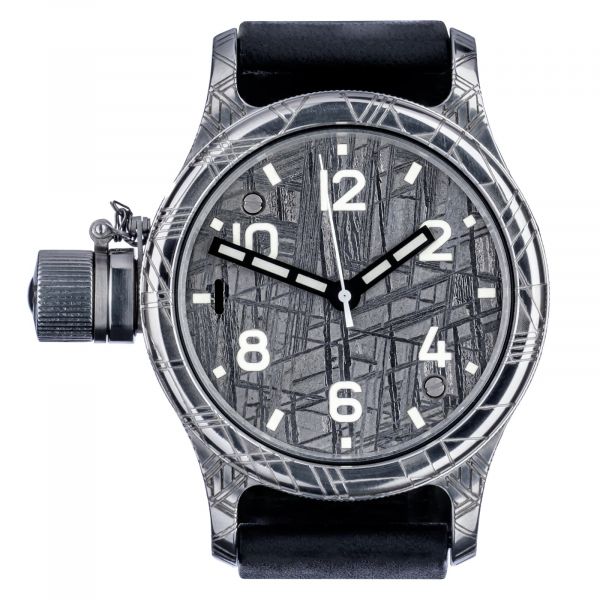Brief description:
Type: IVA-Of iron meteorite, octahedrite
Fall location: Sweden, Norrbotten County
Fall time: not recorded
Discovery time: 1906
Discovery history
The first meteorite fragment was found in 1906 in Sweden, in Norrbotten County, not far from the border with Finland. Muonionalusta got its name from the Muonio River that flows there. Literally translated, the phrase "ˈmuo̯nionˌɑlustɑ" means "place below Muonio", that is, "downstream of Muonio".
It is a very common practice to name meteorites after the closest object to the fall site - a settlement, river, mountain or lake. Thus, the famous Tunguska meteorite was named after the Podkamennaya Tunguska River, and one of the latest, but no less sensational, Chelyabinsk - in honor of the regional center Chelyabinsk, over which it flew in February 2013.
Age and size
The Muonionalusta meteorite is considered one of the oldest found on Earth, its age is determined by the isotopic composition and is an unimaginable 4.5653 billion years. It is difficult to imagine, but it may well be considered a witness to the birth of the Solar System.
Moreover, scientists disagree on the time of the fall of Muonionalusta on the surface of our planet. Approximately, this happened about 1 million years ago. This means that the meteorite survived four ice ages.
In addition, it is also interesting because its fragments were found in Finland and Sweden in 1946, and in 1963, and even in 2008. The total weight of the discovered debris is approximately 5 tons, and the impact site is an elongated ellipse 75 km long. And this indicates a more than impressive initial size that Muonionalusta had before entering our atmosphere.
Description
The analysis of the first samples of Muonionalusta was carried out in 1909 by Professor of Mineralogy and Geology at Uppsala University, Gustav Högbom. This is an iron meteorite from the octahedrite group, it contains 90% iron, 8.4% nickel, there are traces of germanium, gallium and iridium, and also contains a rare form of quartz - stishovite, which is formed as a result of extremely high pressure.
If you take a cut of the meteorite, polish it smoothly, and then etch it with a weak acid solution, then on its surface we will see an amazing pattern reminiscent of a frost pattern on glass. This pattern is called "Widmanstätten figures", after the Austrian scientist Alois von Widmanstätten, who in 1808 came up with the idea of heating a thin plate of an iron meteorite with a burner.
This pattern is formed over millions of years during the crystallization of metal in the icy outer space. When studying meteorites, it is used as an important diagnostic feature. But, in addition to this, it is also incredibly beautiful.
It was for the unearthly beauty of the pattern, for the extraordinary legend, for the amazing mystery of the origin and development of the Universe that the Zlatoust Watch Factory chose Muonionalusta to create its unique "Cosmos" collection.
































